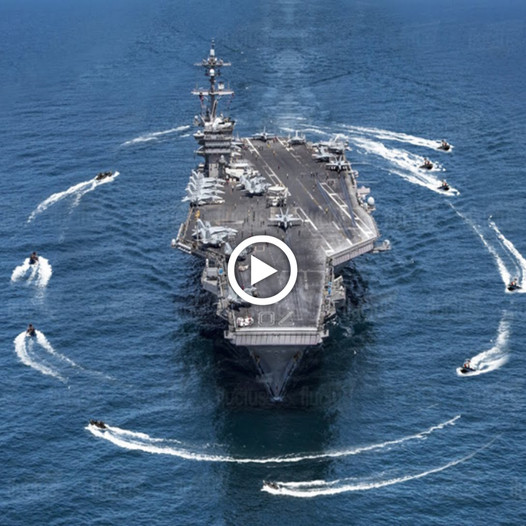World War II:
It was decided by Allied commanders that a full time strategic bombing campaign would cripple the enemy over time and allow ground troops the advantage they needed to first stop the advancing German Army and then push them back into Germany. This included the practice of daylight bombing raids on German targets. The 1st daylight bombing mission by a US unit was on 4th July, 1942. Two out of the six RAF A-20s were lost. On 17 August 1943, 60 out of 376 American bombers were lost!
Almost all the losses coming beyond the range of the bomber escort. Early escort included the RAF Spitfire and the USAAF P-47 Thunderbolt. Even with drop tanks, the range of these fighters would barely reach to the Germany border. After that, the Luftwaffe, laid in wait.

14th October of 1943, another 60 were lost in a single day, “Black Thursday”. The B-17 had a crew of 10 men. Many did not get out and if they did get out and get their chute to deploy, evading capture and returning to England was very difficult. At that loss rate, the practice of daytime bombing raids was in question. The B-17, although designed to defend itself, could not. Strategic day-time bombing was crippling both sides.
It should be noted that the concept of the P-51 Mustang began more three years before these daylight bombing missions and the heavy losses. It is often accepted that the P-51 Mustang was designed to be an escort fighter, but as you look at the timeline, it is more plausible that the Mustang, as a fighter aircraft, fit that need better than any other fighter available. NAA was building the fastest, best fighter of that time, not an escort fighter – until later when specific requirements were asked of NAA.
By the time heavy bomber losses were at hand, the P-51B and P-51C, with outstanding range, were already in production and being delivered to bases in England. The bombers of the daylight missions were taking very heavy losses each day from Luftwaffe pilots until an escort fighter could stay with them deep into enemy territory and home again on every mission. The North American P-51 Mustang was the immediate choice. The bomber crews nicknamed them their “little friends.”
North American Aviation – Key Players
John Leland Atwood – VP, later President
Edgar Schmued – Chief Designer
James Stanley Smithson – Designer
Raymond Rice – Chief Engineer
Larry Waite – Chief Technical Engineer
Edward Horkey – Chief Aerodynamicist
Art Chester – Powerplant Project Engineer
Kenneth P. Bowen – Project Engineer
George Gehrkens – Asst. Project Engineer
Vance Breese – Contract Test Pilot
Louis Waite – NAA Chief Test Pilot
Bob Chilton – Test Pilot
James H. “Dutch” Kindelberger and Leeland J. Atwood

Dutch came to NAA from Douglas Aircraft in 1934. He was VP of Douglas and working on the DC-1 and DC-2 programs. He soon recruited Lee Atwood, also from Douglas Aircraft to be the Chief Engineer. Atwood would later became VP at NAA. Dutch was working for Douglas in Southern California, but NAA was located in Maryland. He wanted to stay in California and convinced NAA to build a new facility in Inglewood Ca not for him and other key people in the area but because there was good quality workers and the flying weather was perfect.
By the end of 1935 a new facility was built next to Mines Field in Inglewood CA. This area was later consumed into what is now LAX. In 1935 NAA responded to a USAAC Circular Proposal calling for a two-place pursuit aircraft. Atwood prepared a very detailed report for the NA-35 Model XP. This is NAA first known attempt at building a fighter. In 1936 NAA won a contract for 164 O-47A and 74 O-47B, an armed observation aircraft. Later that year, NAA was awarded a contract for 117 the BT-9B trainers.
In December 1937, the NA-40 program was started. The NA-40 evolved into the NA-62, or B-25 as we know it today, twin-engined medium bomber. The NA-40 made its first flight in January of 1939 with the B model flying in March 1939. NAA was later awarded contracts for the B-25A and B-25B bombers.
Edgar Schmued

Schmued was born in Germany, 1899. Edgar grew up in fascination of mechanical things, especially aviation. He apprenticed in a small engine factory in Germany. When he completed his apprenticeship, he began studying aeronautics on his own. When WWI started, Schmued enlisted in the Austro-Hungarian Flying Service and served as a mechanic for a short time. In the mid 20’s Schmued’s older and younger brothers immigrated to a German community in Sao Paulo Brazil, they were dentists like their father. The working conditions and prospects in Germany at that time were not the best a young man could find.
Edgar followed his brothers in 1925 with the dream of finding an aviation career – wanting to run his own enterprise. He found a job with General Motors automobile division. GM held stock in several aviation ventures, including Fokker Aircraft Corporation. GM was impressed by Schmued and sponsored him to immigrate to the U.S. in 1929. He landed his first job at Fokker Aircraft in Teterboro NJ. Fokker struck hard times and Schmued was moved to Dundalk Maryland. Schmued was now working for General Aviation, which changed names to North American Aviation in 1935. Schmued became a U.S. citizen in 1935 and later transferred to the new facility in Inglewood CA.
Now, it is late in 1939, and the British need more fighter aircraft.
Britain showed interest in the Curtiss P-40 Warhark, the Bell P-39 Aircobra and with lesser excitement, the Lockheed P-38 Lightning. None were their first choice, but that was the best that the Americans had and the British could not wait for any new designs. The Spitfire and Hurricane, Britain’s top aircraft, were superior to the American choices at that time, but the British needed more fighters and could not produce them fast enough. They decided the P-40 would be their best choice. Curtiss Aircraft was given contracts that placed their facility at full capacity. James H. “Dutch” Kindelberger, president of North American Aviation, was asked in February of 1940 to consider building P-40s for Britain.
During that time, North American Aviation was producing NA-16 training aircraft for the British and meeting all expectations. They had also built their first fighter, the NA-50 and exported it to Peru. Edgar Schmued, now Chief Designer at NAA had been sketching designs of a fighter aircraft he envisioned for some time now. In March, Kindelberger was talking to Schmued and asked him if (NAA) wanted to build P-40s. The question was already answered by the tone from Kindelberger. Schmued had been waiting for a question like that – his answer was easy – no, we can design and build a better fighter.

March 15, 1940
Kindelberger and Atwood were planning to meet with the British Purchasing Commission in a few weeks and Kindelberger wanted some drawings and data on their proposed new fighter. That was Schmued’s first order to work on the future P-51 Mustang. Although Kindelberger and Atwood returned without any contract or promise, the British were looking over the proposal from NAA and soon decided based on the past performance of NAA that they would grant them a contract.
The Britain Purchasing Commission was formed in January 1940, headed by Sir Henry Self and had an official office in New York City. It is not clear, as some papers/books state Kindelberger and Atwood went to England, others just say they met with the British Purchasing Commission – which could have been in NY.
Kindelberger had convinced Britain’s Sir Henry Self of the British Purchasing Commission that North American Aviation could design and build a new fighter that was better than the P-40 in the time it would take to tool up to build P-40s. British approval by letter of intent was given on 10th April 1940. Shortly after, 23 May (NAA doc shows 9-29-40), a contract order was placed by the British for the first 320 aircraft designated by North American Aviation as NA-73. These Mustang Is would be serialed AG345 – AG664 for Britain. By the time the official contract was received, NAA was already deep into the design of NA-73.

One requirement from Britain was to obtain the wind tunnel data from Curtiss Aircraft for the XP-46 – a fighter concept with similar requirements to the P-51. NAA vice-president Lee Atwood was sent to Curtiss Aircraft to get this data. NAA purchased the data for $56,000 in May 1939. It has been reported that the data was received too late – the main design of the P-51 was already finished. Although sources at NAA stated that the XP-46 design was not used in the development of NA-73, you cannot help to notice some basic similarities. The prototype XP-46 flew a top speed of only 355 mph at 12,000 feet. The XP-46 was never put into production but the Allison used on the XP-46 was incorporated in the next P-40, the P-40D.
Kindelberger put Edgar Schmued in charge of the new P-51 prototype design, NA-73X. Others who worked with Schmued included Ed Horkey, Raymond Rice , Larry Waite and Art Chester. Their work week was not typical of our work week today.

They worked late into each night, only going home “early” on Sunday at 6pm. After 78,000 man hours and 102 days later, on Sep 9 1940, the prototype, NA-73X, rolled out of the hangar – without an engine. Eighteen days later, the Allison V-1710-39 was ready but was delivered with changes unknown to NAA engineers. The existing motor mount conflicted with the new engine’s electrical system. A new motor mount had to be built and quick. On October 26 1940, NX19998 took to the skies for its maiden flight with test pilot Vance Breese at the controls. After several test flights with Breese as test pilot, he totaled a bit over 3 hours and had very favorable remarks about the P-51.
Test pilot Paul Balfour got a chance to fly her early in the morning of Nov 20 1940. It’s reported that he had a very relaxed approach to this flight and dismissed an offer to go through flight procedures before the flight. During the test flight, the Allison quit, turning the XP-51 into a very poor glider. Balfour could not make the airport, so he landing, gear-down, in a plowed field. The main gear dug into the soft soil and the aircraft flipped over causing much damage. Balfour was able to get out with little or no injury. Repairs were started right away and the aircraft was ready for engine runs in about 30 days – but it did not fly again until Jan 13 1941. There are articles that state that “not wanting to wait, the first production aircraft, AG345, was prepared for test flights ” but the timeline does not support this statement. AG345 was first test flown in April 1941. Even though this would be considered a huge setback on a normal test flight program, the test flights so far have been so good that the team at NAA was comfortable moving forward with production.

There are varying accounts about why the engine quit. It is mostly stated that Balfour missed a fuel selector change and starved the engine of fuel. Some dismiss this saying that Balfour was a seasoned test pilot and would not make such a rookie mistake. Then, why did the engine quit? There was a real defect on NA-73X with regards to the air-inlet-scoop being too far behind the nose of the aircraft – at high angles of attack the airflow is cut-off, thus starving the engine of air. NAA later moved the inlet as far forward as possible solving that problem. Is it possible that NAA didn’t want to blame the crash on their design and found it convenient to use Balfour as the reason? It is reported that an eye witness to the crash (an NAA employee) stated that the crash happened shortly after take-off and upon examination of the fuel tanks, fuel was in the auxiliary and right tank, but no fuel in the left tank. If that is true and the crash happened shortly after take-off, the aircraft was given to Balfour with little fuel in the left tank – that was burned up during taxi, run-up and take-off (Either he wasn’t told correctly about the fuel status, he selected the wrong tank or ground personnel did not fill as instructed. Balfour was transferred to the B-25 flight test program after the accident. Balfour was later killed (Nov 10, 1951) in a crash during a test flight of a modified CB-25J for NAA.
Tooling Up For Production
Back in 1938, Kindelberger had visited the German aircraft factories of Heinkel and Messerschmitt and used what notes he took to help in setting up an extremely efficient production line. At peak times NAA produced 857 P-51s in one month! Production was so good that there were rows of completed P-51Ds at the NAA factory in Inglewood, CA just waiting for delivery pilots.

The first production P-51 designated “Mustang I” with serial# AG345 for Britain, was test flown by Louis Waite on April 23 1941. Bob Chilton test flew AG345 several times in May 1941. Chilton also test flew the 4th production model XP-51 41-038 that was to be delivered to the US Army Air Corps for evaluation. By August, Chilton had test flown the 2nd production aircraft AG346, and it was the first P-51 ready for delivery to Britain. By the end of 1941, the RAF accepted 138 Mustangs with more coming each month. The RAF pilots reported favorably after flying their new fighter. To understand the quick work of NAA in developing the P-51, lets look back a little to the Curtiss XP-46 which was well underway well before the P-51 idea was born. The XP-46 finally test flew four and a half months after the XP-51.
Conditions of the US approval for export to Britain included that 2 examples of the Mustang would be turned over to the USAAF for evaluation at no cost. The US was very slow to evaluate the new fighter designated XP-51. They were busy with the P-38, P-39, P-40 and the P-47. When Chilton went to Wright field in October of 1941, he saw the XP-51 sitting on the ramp but noticed only 1 hour had been added since it was delivered. After the attack on Pearl Harbor, Dec 7 1941, the USAAC interest in the P-51 did increase as the immediate need for fighters in the Pacific was being filled by the fighters already in production. US contracts for fighter aircraft were near full at that time, but there was room and need of attack aircraft. NAA seized on the opportunity and the A-36 was created to fill that need. The A-36 was a P-51A set up for dive-bombing ground attack. On April 16 1942, NAA received a contract for 500 A-36s for USAAC.

Then in June of 1942, US placed an order for 310 P-51As. The P-51A was a very capable aircraft but did lack in high-altitude performance because the Allison V-1710-39 lost considerable horse power above 20,000 feet. It didn’t take long for smart minds on both sides of the pond to consider using the Rolls Royce Merlin V-12 that was in use in the Spitfire and other RAF aircraft. Ron Harker, test pilot for Rolls Royce is credited with the idea after test flying the Mustang I. In June of 1942, work began in Britain on converting a Mustang I to use a Merlin 61 engine. The Merlin incorporated a two-stage supercharger that kept horsepower up to over 30,000 feet. The US then followed.
NAA submitted model specs for NAA-101 in July of 42. In august, two P-51 airframes were designated XP-78 and later designated XP-51B in September. Bob Chilton test flew the first XP-51B on November 30 1942. Orders where actually placed before the XP-51B flew as NAA and the USAAF were both excited about the new design. General Hap Arnold was a loud proponent of the escort fighter. He insisted that the bombers must have fighter escort deep into Germany. It took another 10 months to deliver the P-51B/C to Europe. They arrived in England in September 1943. General Arnold later wrote that it was the USAAF’s own fault that they did not have the Mustangs earlier. Remember above, when the USAAF sat on the evaluation of the P-51 for some time. That delay seems costly for many B-17 crews shot down over Germany in 1943 with no fighter escort, however, NAA later stated they had needed that time for the mustang design to evolve.

As production increased, NAA needed to expand – their Inglewood CA plant was at max capacity. NAA moved the B-25 line form Inglewood to Kansas, freeing up some much needed space. They built the P-51C at the Dallas plant in Texas. The P-51C was identical to the P-51B. P-51 models built in Inglewood held the suffix -NA, in Dallas it was -NT, so a P-51C dash 5 built in Dallas was designated P-51C-5-NT. Production increased as the war was in full bloom.

The P-51B was an excellent aircraft, very fast and capable. The main complaints were lack of rearward and downward visibility, gun jamming of the 4 .50 Browning machine guns (which were mounted at an angle because they were too tall for the P-51B wing thickness) and not enough guns. The RAF invented the Malcolm hood, that was a bubble type that replaced the center flat section of the canopy. The new canopy was a huge improvement. The firepower of the P-51B/C was minimal with only 4 guns as compared to the P-47 which used 8.
During the construction of the B/C, the allied bombers were taking very heavy casualties on daylight raids into Germany. In July of 1943, the USAAF needed to act on the heavy bomber losses over Germany. They sent a directive to NAA to provide maximum range to the P-51B for fighter escort at the earliest possible date. The P-51 already had the longest range of any Allied fighter. An 87 gallon fuselage fuel tank behind the pilot was added to some of the B/C models and all of the D/K models to fulfill this directive. This fuel tank when fully loaded produced an aircraft that was a handful to control on take-off and climb at full load. Pilots soon adapted by practice and by selecting the fuselage tank first to burn off half the fuel behind the pilot before switching to drop-tanks.

A new model, the NAA-106, P-51D was created to solve these problems. A new full bubble canopy was developed. The wing section was increased to house the Brownings fully upright, eliminating the jamming – they also added 2 more of the .50 Brownings to a total of six. The P-51D was produced in Inglewood. The P-51K and the P-51D were both produced in Dallas. The P-51K was identical to the P-51D except for a different propeller and slightly different shape canopy – not by design, but more by variances in suppliers. The gross weight increased and after losing the razorback of the B/C pilots reported more stability problems. NAA solved this by adding the dorsal fin that connects the top of the fuselage with the vertical tail adding more vertical area.
The P-51D was the most produced model and was favored among most pilots even though the P-51B/C was a little faster. The D model provided excellent visibility and the extra fire-power was needed. The P-51H was a redesigned lighter-weight version but entered service to late to make an impact on WWII. The P-51H is noticeably different in design and uses less than ten percent of the parts from the P-51D. Another light-weight, the P-51G prototypes were produced and tested. Other models, like the P-51L, P-51M never made it to production because the war ended.

Why was the P-51 so fast? Even the creators could not agree. During the 1960’s and beyond, there became a disagreement between Lee Atwood and Ed Horkey – maybe it started long before. Lee being a firm believer that the laminar flow wing did not produce the results Ed Horkey had stated and that the P-51 was fast and efficient because of the Meredith effect of the the belly scoop, radiator and oil cooler design. Horkey believed the P-51 was so good because of the wing design and aerodynamic design of the fuselage and tail surfaces and that the Meredith effect and scoop design could only cancel out drag added by the frontal area not add propulsion. Who’s right? Who cares? Certainly the scoop design of the P-51 is far superior to the slower P-40 and Spitfire – each with different approaches to the design. This author does not believe that any one item led to the design efficiency and low drag of the Mustang. But all things put together, stealing and shaving drag anywhere they could is why the P-51 Mustang was so effective in WWII – and luckily it was not only efficient but the most beautifully designed fighter of WWII.

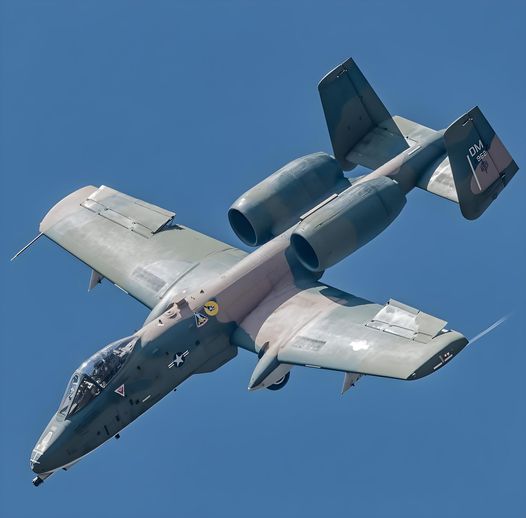
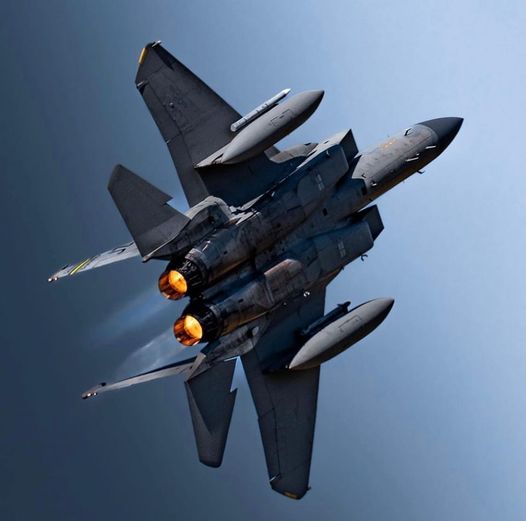





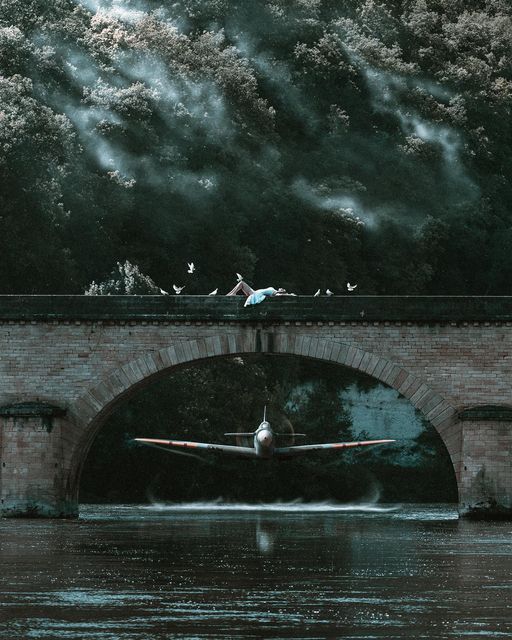





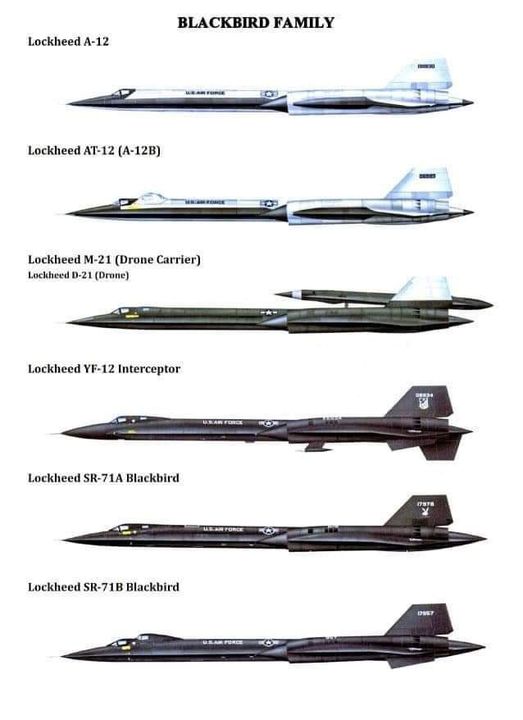




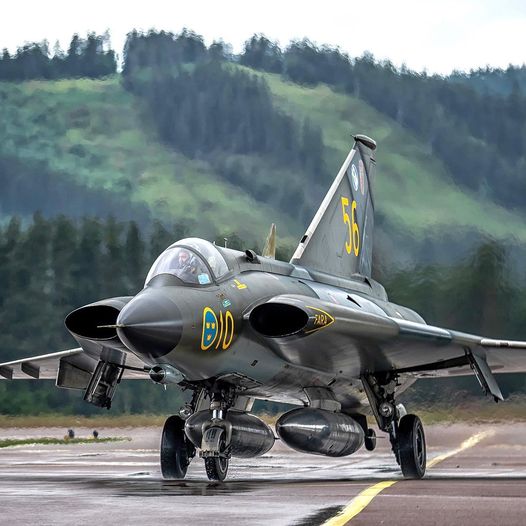
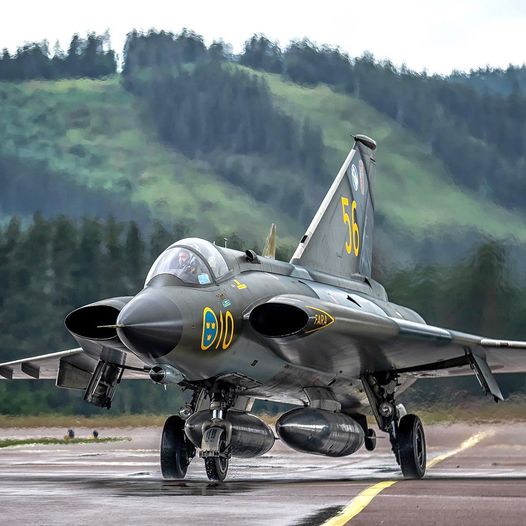
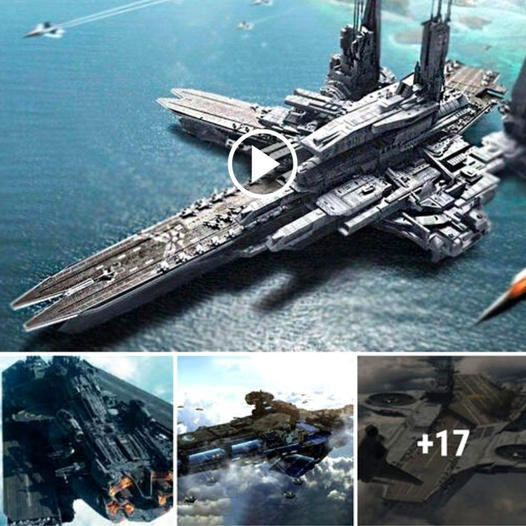

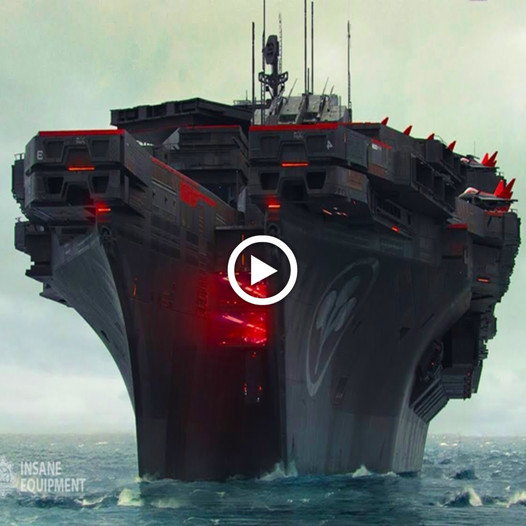



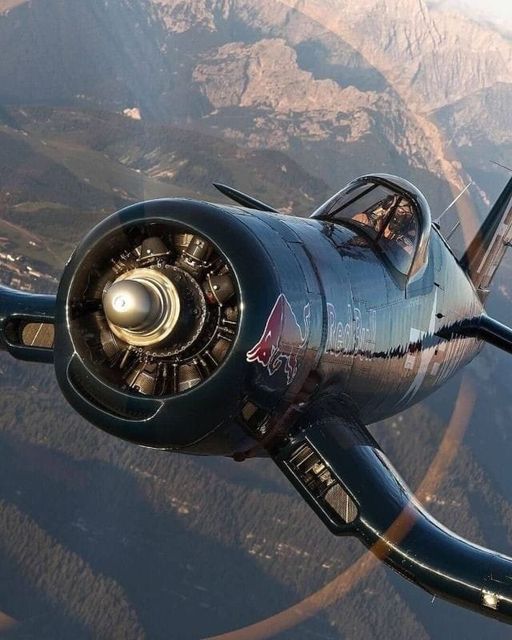
 Marine Col. “Pappy” Boyington was shot down after racking up 28 air-to-air kills. He was presumed dead until he emerged from a Japanese prisoner-of-war camp at the end of WWII. Composite by Coffee or Die Magazine.
Marine Col. “Pappy” Boyington was shot down after racking up 28 air-to-air kills. He was presumed dead until he emerged from a Japanese prisoner-of-war camp at the end of WWII. Composite by Coffee or Die Magazine. An F4U Corsair flies during the Thunder Over South Georgia Open House Nov. 7, 2015, at Moody Air Force Base, Georgia. US Air Force photo by Senior Airman Ryan Callaghan.
An F4U Corsair flies during the Thunder Over South Georgia Open House Nov. 7, 2015, at Moody Air Force Base, Georgia. US Air Force photo by Senior Airman Ryan Callaghan. US Navy crewmen arm US Marine Corps Vought F4U-4B Corsairs of Marine Fighter Squadron 323 “Death Rattlers” with rockets and napalm canisters aboard the escort carrier USS Badoeng Strait during operations off the Korean coast Dec. 1, 1950. US Navy photo via Wikimedia Commons.
US Navy crewmen arm US Marine Corps Vought F4U-4B Corsairs of Marine Fighter Squadron 323 “Death Rattlers” with rockets and napalm canisters aboard the escort carrier USS Badoeng Strait during operations off the Korean coast Dec. 1, 1950. US Navy photo via Wikimedia Commons. A Marine Corps AV-8B Harrier and vintage F4U Corsair fly side by side over the 2012 Marine Corps Air Station Cherry Point Air Show. US Marine Corps photo by Lance Cpl. Scott L. Tomaszycki.
A Marine Corps AV-8B Harrier and vintage F4U Corsair fly side by side over the 2012 Marine Corps Air Station Cherry Point Air Show. US Marine Corps photo by Lance Cpl. Scott L. Tomaszycki. MacDill Air Force Base personnel push the “Korean War Hero” F4U-4 Corsair into a hangar at MacDill Air Force Base, Florida, March 22, 2022. US Air Force photo by Airman 1st Class Michael Killian.
MacDill Air Force Base personnel push the “Korean War Hero” F4U-4 Corsair into a hangar at MacDill Air Force Base, Florida, March 22, 2022. US Air Force photo by Airman 1st Class Michael Killian.